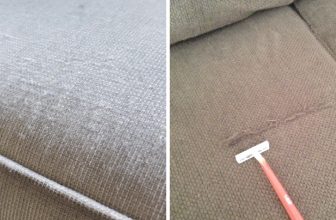How to Keep Vinyl From Peeling Off Shirts
Are you tired of your vinyl peeling off your shirts? Vinyl is a popular material used in designing and printing custom clothing. It can be great for creating intricate designs, but it can also be frustrating when it starts to peel off after just a few wears.
Vinyl printing has become a popular choice for customizing shirts, offering vibrant designs and durability. However, one common issue that many enthusiasts face is the peeling of vinyl after repeated use and washings. This detracts from the aesthetic appeal of the garment and compromises the investment made in custom apparel.
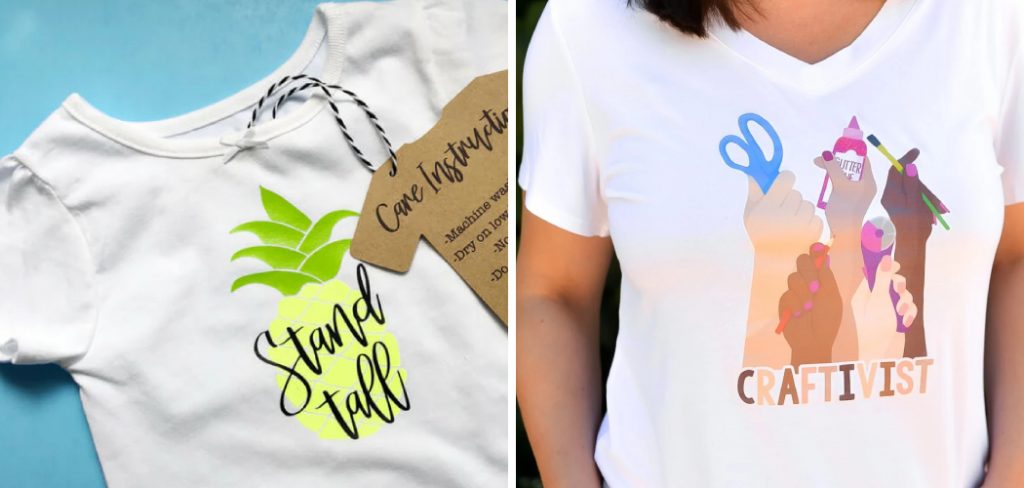
In this guide, we will explore practical strategies on how to keep vinyl from peeling off shirts, ensuring that your designs maintain their quality and longevity. By understanding the proper application techniques, care guidelines, and maintenance tips, you can enjoy your custom shirts for years to come.
What Will You Need?
Before we dive into the tips for preventing vinyl from peeling off shirts, it is essential to have the right tools and materials. These include:
- Quality heat transfer vinyl (HTV)
- A good quality cutting machine or scissors
- A weeding tool to remove excess vinyl
- An iron or a heat press machine
- Parchment paper or a Teflon sheet
Once you have all of these materials on hand, you can follow the steps below to ensure your vinyl stays in place on your shirts.
10 Easy Steps on How to Keep Vinyl From Peeling Off Shirts
Step 1. Choose High-Quality Vinyl
Selecting a high-quality heat transfer vinyl (HTV) is crucial for durability. Opt for reputable brands known for their adhesion and longevity. Cheap, low-quality vinyl may save you money initially, but it often leads to peeling and fading sooner than expected. Investing in quality materials will enhance the overall appearance and lifespan of your custom shirts.
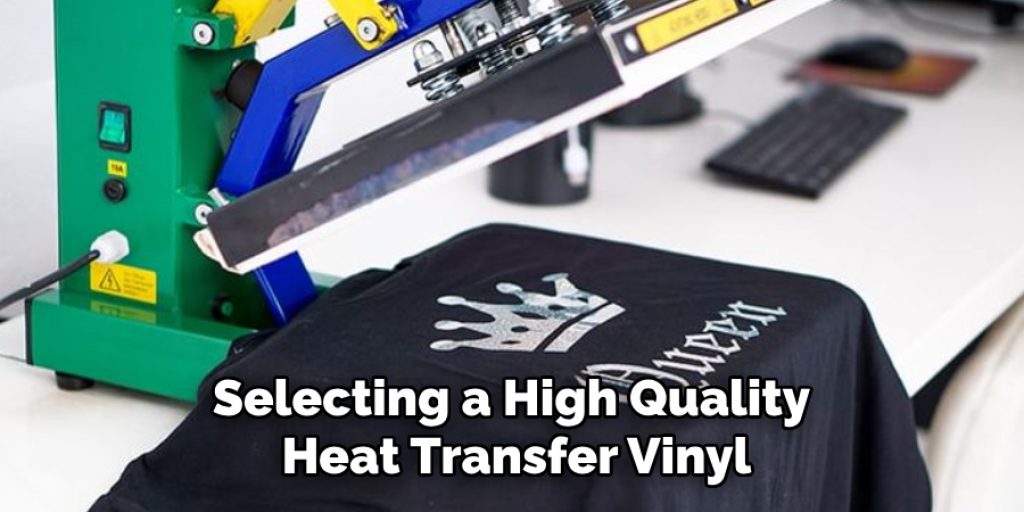
Step 2. Properly Prepare the Shirt
Before applying vinyl, it’s vital to prepare the shirt correctly. Start by washing and drying the fabric to remove any sizing or chemicals that could affect adhesion. Ensure the shirt is wrinkle-free to create a smooth surface for the vinyl. Additionally, it’s a good idea to preheat the area where you’ll be applying the vinyl for a few seconds using your iron or heat press; this will help open up the fabric fibers and improve adhesion. These preparatory steps will significantly reduce the likelihood of peeling down the line.
Step 3. Use the Right Heat Settings
Using the correct heat settings is essential for ensuring a solid bond between the vinyl and the fabric. Consult the manufacturer’s instructions for the recommended temperature and time settings specific to your type of vinyl. Generally, most heat transfer vinyl requires a temperature ranging from 305°F to 320°F (150°C to 160°C). It’s crucial to maintain consistent pressure while applying heat to ensure uniform adhesion. Avoid using excessively high temperatures, as this can scorch the fabric or damage the vinyl, leading to poor results and potential peeling in the future.
Step 4. Apply Even Pressure
When applying heat to the vinyl, it is essential to use even pressure across the entire design. Whether you are using an iron or a heat press, make sure to press down firmly and consistently. If you’re using an iron, avoid sliding it around; instead, press and hold it in place for the recommended time. For a heat press, make sure to lock it down properly. This even pressure helps ensure that the vinyl adheres firmly to the fabric, reducing the risk of peeling or lifting over time.
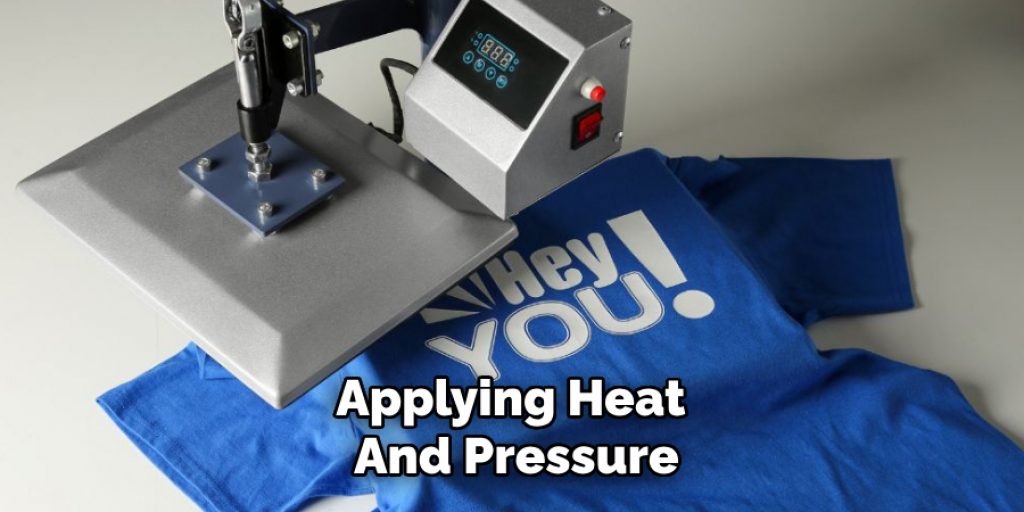
Step 5. Allow to Cool Properly
After applying heat and pressure, it’s essential to allow the vinyl to cool down properly before removing any carrier sheets or transferring materials. Quickly pulling away the carrier can cause the vinyl to lift or warp. Instead, let the design cool for a few moments; this will help set the vinyl in place and enhance its adhesion to the fabric. Once it has cooled completely, gently peel away the carrier sheet at a low angle, ensuring that the vinyl stays intact on the shirt. This careful approach will contribute significantly to maintaining the integrity of your design.
Step 6. Avoid Over-Washing
One of the main contributors to vinyl peeling is over-washing shirts. To preserve the integrity of your designs, it’s vital to limit washing frequency and follow proper washing guidelines. Whenever possible, wash your custom shirts inside out to reduce friction against other fabrics. Opt for a gentle cycle and cold water to help maintain the vinyl’s adhesion. Additionally, refrain from using bleach or harsh detergents, as these can degrade the vinyl and lead to premature peeling. By taking these precautions, you can extend the lifespan of your custom designs and keep them looking fresh.
Step 7. Air Dry Instead of Using a Dryer
To further protect your vinyl designs, it’s advisable to air dry your shirts rather than tossing them into the dryer. High heat from dryers can compromise the adhesive quality of the vinyl, potentially leading to warping or peeling over time. Instead, lay your shirts flat on a clean surface or hang them to dry. If you must use a dryer, choose a low heat setting and remove the shirts promptly once the drying cycle is complete to minimize exposure to intense heat. This simple step can make a significant difference in prolonging the life of your vinyl prints.
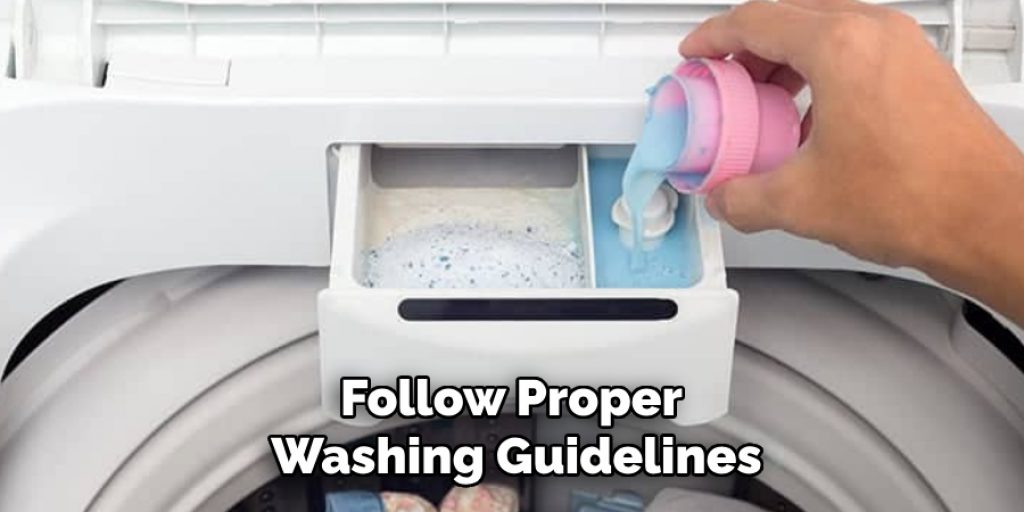
Step 8. Store Shirts Properly
Proper storage is vital for maintaining the quality of your custom shirts and preventing vinyl from peeling. When not in use, avoid folding or stacking shirts in a way that they are pressed against each other, as this can create creases or stress on the vinyl designs. Instead, hang the shirts on hangers in a cool, dry place, away from direct sunlight, which can fade both the fabric and vinyl. If hanging isn’t an option, consider using breathable garment bags to protect your shirts from dust and moisture while preserving the integrity of the vinyl. Taking time to store your shirts correctly will keep them looking fresh and vibrant for longer.
Step 9. Rotate Your Wardrobe
To further protect your vinyl shirts from wear and tear, consider rotating your wardrobe regularly. Limiting the frequency with which you wear the same shirt can reduce the stress placed on the vinyl designs. Try to alternate between different shirts, allowing each piece to rest between wears. This helps extend the life of your vinyl and keeps your outfits feeling fresh and new. Additionally, be mindful of the environmental conditions when choosing what to wear; extreme heat or humidity can adversely affect the integrity of the vinyl over time.
Step 10. Repair Peeling Vinyl Promptly
If you notice any signs of peeling vinyl on your custom shirts, addressing the issue as soon as possible is crucial to prevent further damage. Depending on the severity of the peeling, you may be able to carefully press the vinyl back into place using an iron set to the appropriate temperature. For more significant issues, consider using a heat press for a more even application of pressure. If the vinyl has completely separated from the fabric, you might need to replace the affected area with new vinyl or patches designed for that purpose. Acting quickly can help prolong the life of your shirt and keep your designs looking their best.
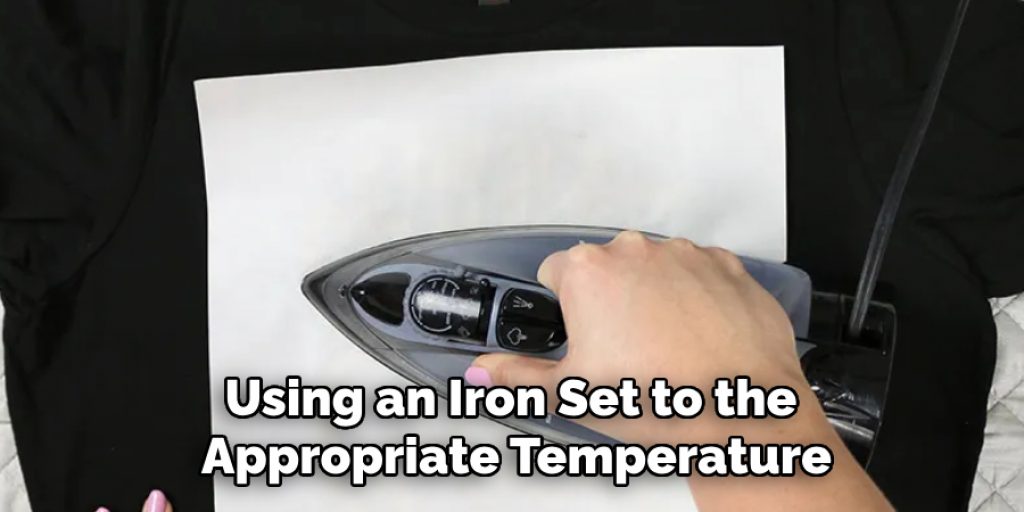
By following these simple steps and taking proper care of your vinyl shirts, you can extend their lifespan and keep them looking vibrant for longer.
5 Things You Should Avoid
- Ignoring Care Labels: Always pay attention to the care labels on your shirts. Ignoring these guidelines can lead to washing or drying conditions that are detrimental to the vinyl, increasing the likelihood of peeling.
- Using High Heat Settings: Avoid high heat settings when washing or drying your shirts. Excessive heat can compromise the adhesive properties of the vinyl, making it prone to peeling. Instead, opt for cold washes and low heat or air drying.
- Washing with Abrasive Materials: Avoid washing your custom shirts with rough fabrics or abrasive items, such as towels or jeans, as these can cause friction against the vinyl and lead to premature wear and peeling.
- Applying Iron Directly on Vinyl: Never place iron directly on the vinyl without a protective layer, such as a pressing cloth or parchment paper. Direct contact can scorch the vinyl, damaging its adhesive properties and appearance.
- Leaving Design Exposed to Sunlight: Prolonged exposure to direct sunlight can fade and weaken the vinyl over time. Avoid storing your shirts in sunny spots and limit their exposure to sunlight when wearing them.
By avoiding these common mistakes, you can keep your vinyl designs looking their best and extend the life of your custom shirts.
Conclusion
In summary, maintaining the vibrancy and longevity of your custom vinyl shirts requires a proactive approach that combines proper washing, drying, storage, and wear practices.
By following the steps outlined in this guide on how to keep vinyl from peeling off shirts—such as avoiding over-washing, air drying instead of using a dryer, and storing shirts appropriately—you can significantly reduce the risk of vinyl peeling. Additionally, being mindful of your wearing habits and addressing any early signs of wear promptly will help preserve the integrity of your designs.
With these measures in place, your custom vinyl shirts can remain fresh and visually appealing, allowing you to enjoy them for years to come.




